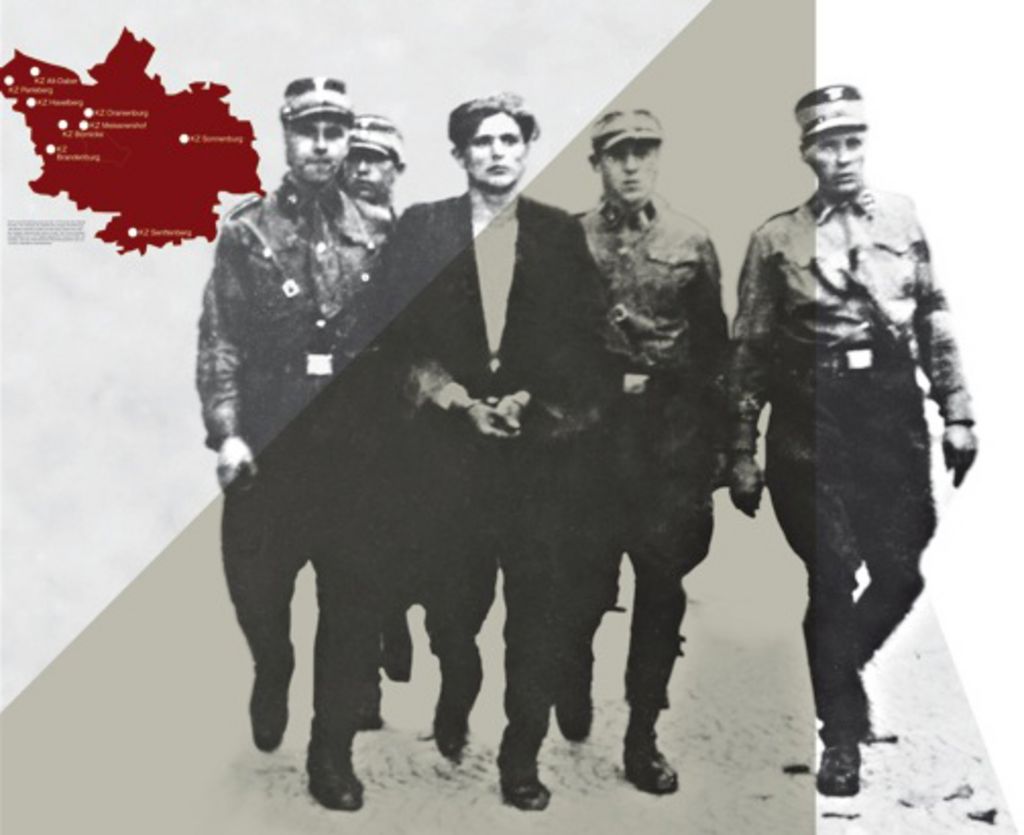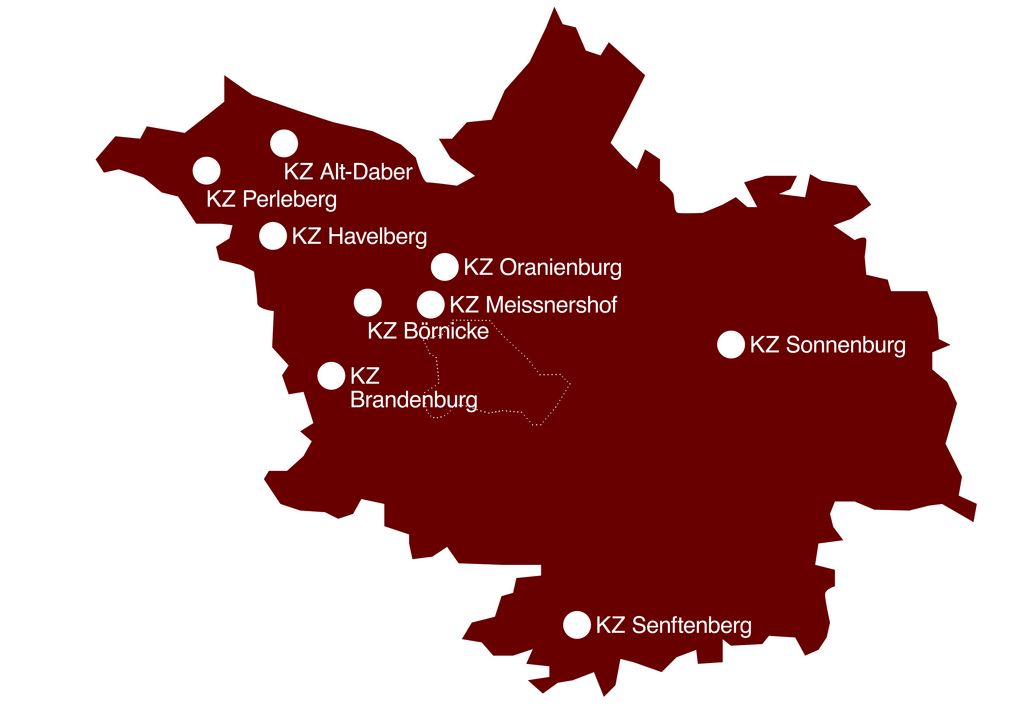The Sachsenhausen Memorial and Museum / Brandenburg Memorials Foundation has created an exhibition commemorating the early concentration camps in what was then the Province of Brandenburg. Many of these places of torture only existed for a short time and have been forgotten today. The exhibition was first displayed in the State Archaeological Museum in Brandenburg an der Havel in 2014 and has since been on tour to many locations, mainly in Brandenburg.
Hitler was appointed as Reich Chancellor on 30 January1933. The National Socialists held big rallies to celebrate their victory. Before the very eyes of the public, local SA units, SS and police in every region in Brandenburg arrested political opponents of the new government, mainly Communists, Social Democrats and trade unionists, including many deputies from town and district parliaments, and locked them up in provisional places of detention.
Vacant factories, garages, old schools and cellars were used for this. The detainees were humiliated, abused and tortured. Many did not survive being tortured, including such celebrated people as the writer Erich Mühsam. Local newspapers reported widely on the arrests and the concentration camps.
As early as 21 March 1933 the SA in Oranienburg set up Prussia’s first concentration camp; it was followed by another seven in subsequent months. By October 1933 the Nazi government had closed most of the spontaneously set up torture sites and smaller camps in favour of larger concentration camps such as Oranienburg and Brandenburg.
The exhibition covers 50 m² and comprises several modular elements. The first part deals with important events in the years 1933 and 1934, showing their effects in the Province of Brandenburg and presenting the main political actors, the new rulers. The second part looks at the early concentration camps in the Province of Brandenburg in Alt-Daber near Wittstock, Börnicke near Nauen, Brandenburg an der Havel, Havelberg, Meissnershof near Velten-Hennigsdorf, Oranienburg, Perleberg and Sonnenburg. Biographies of internees are placed centre stage.


